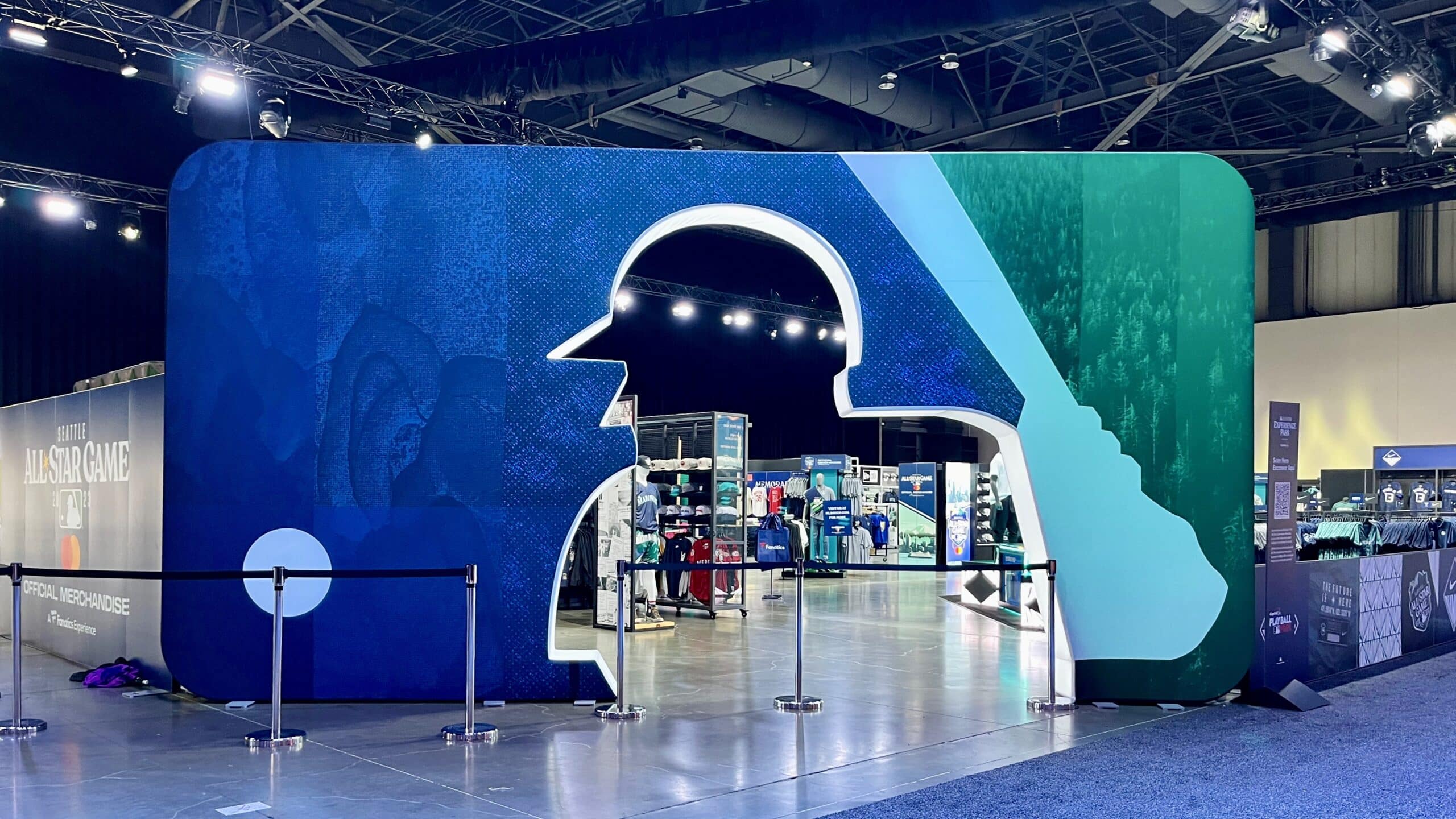4 min read
For startups, especially at the early stages, finding and hiring technical talent is the single biggest bottleneck. This is a post covering 10 ways to do so; we advise entrepreneurs to experiment with all and double down on those that work best.
1) Post Publicly – This is an obvious one but how and where you post matters a lot. First, your own website should be a given. Second, it’s newsletters which many startups do. Something quarterly, meant for a broad audience of potential investors / hires / partners, is absolutely worth the couple hours you will spend working on it. The third major vehicle are the platforms – hundreds of sites to choose from, from Monster and Craigslist to even TikTok, but for engineering talent we generally see the highest ROI is LinkedIn. The free posting there is about your network, not just the 1st degree connections but also the 2nd and 3rd degrees (often 10x and 100x bigger respectively). The paid posting is how you get featured in the Jobs section. Nowadays, instead of a fixed cost, it’s more akin to running an ads campaign and at Tau we believe a good starting point is a $10 / day budget for 30 days.
2) Leverage Your Community, Especially Investors – The newsletter and LinkedIn posts are about your network, hence our advice to specifically highlight key people who can help spread the message. Investors have large networks that are often different from yours, and a VC vouching for a company is ultimately a public endorsement (put them on your website too). So unless you are in absolute stealth and/or don’t want to disclose your investors just yet, tagging them by name on a LinkedIn post can boost your reach by a magnitude. Investors have many actions at their disposal – like, comment, share – which will bring the post higher in other newsfeeds. And if they are individually tagged then it usually creates a positively reinforcing loop when any one investor does an action.
3) Recruiter – Most recruiters will work on a retainer and a success fee, say if you hire the candidate and they stay for at least a certain time. If cost is what is stopping you from working with one, then focus on a high-profile search, say at the C level. At Tau we find specialized recruiters, usually from smaller firms, are the best ROI and regardless, testing out various for best fit is a worthwhile investment. And if you are a big enough company, remember you can look into bringing a recruiter in-house.
4) Alma Mater – As your startup groups the number of alma maters represented will grow. Usually best for each person to post within their university, whether it’s in specific student groups, mailing lists, or official job boards. If you are looking to prioritize, focus on those with a strong engineering tradition, and consider doing events there even in 2022 when so much is done online. The in-person can still be worth the ROI, whether it be job fairs, inviting students and alumni for an open house, or hosting a talk perhaps over food.
5) Marquee Engineer – A marquee engineer is someone especially connected and/or visible within the ecosystem. That person joining you will invariably influence other engineers to join you. Oftentimes it’s someone a bit more senior, perhaps at a big company, with various engineers reporting into them, who becomes your VP of Eng. Same for CTO; even though their traditional role is more about developing novel tech than managing engineers, a good one attracts more talent.
6) Contractor / Consultant – Plenty of freelancers and smaller companies out there providing engineering services. Full-time employees versus outsiders can create a caste system, misaligned incentives, and lower quality. But it can also be done really well and we have also seen enough times when the startup actually brings them in-house after a round of fundraising.
7) Acquire / Acquihire – Acquire is typically for companies a little further along. But acquihire is always on the table and we have seen enough times seed stage acquihiring cofounders at the pre-seed. Just keep in mind the usual challenges of culture and integration.
8) Offshore – Maybe your technical cofounder has strong links / relationships in another country. Maybe you know some people outside the US from previous companies. Maybe you came across some amazing folks when doing searches but it just doesn’t make sense for them to move to the US. In today’s world, with so many tools to help with remote management, building an offshore team is easier than ever. And it often means lower costs given the US is at the highest end in terms of expenses. First major caveat: makes less sense when you want people physically in the same office, such as developing hardware or working in labs. Second major caveat: require paying extra attention to culture and communication, language and timezones included.
9) Troubled Companies – Layoffs because of the overall market? People leaving a particular company, perhaps because it is not doing well? There are some edge cases, say they were your previous employer and you are not allowed to solicit for some time. But by and large targeting such companies should be a no-brainer. A network search is the default but you can add leverage through a marquee engineer or efficiency by going through lists (a practice that is becoming increasingly common in times of mass layoffs).
10) Work Visa – There are different types of work Visa and the cost for sponsoring depends on a few factors including your own company size and composition. The most likely types a startup would want is either the OPT or H1-B. An OPT typically costs ~$500, an application students themselves submit, allowing them to work for 12 months and has grown enormously in the last few years. After the OPT expires, barring changes to their immigration status, they would need a more permanent work Visa. H1-B is initially granted for 3 years, can be extended for up to three more years, and sponsoring it will usually cost between $4K and $10K to the employer. Startups are usually strapped for cash but consider that even at the $10K and three years, it means $3.3K extra per year. At Tau we believe that is very much worth it for a good engineer and that sponsoring a Visa should not be limited to large companies.
Originally published on “Data Driven Investor”. Amit is Managing Partner and Cofounder of Tau with 20 years in Silicon Valley across corporates, own startup, and VC funds. These are purposely short articles focused on practical insights (we call it gl;dr — good length; did read). See here for other such articles. If this article had useful insights for you, comment away and/or give a like on the article and on the Tau Ventures’ LinkedIn page, with due thanks for supporting our work. All opinions expressed here are from the author(s).







